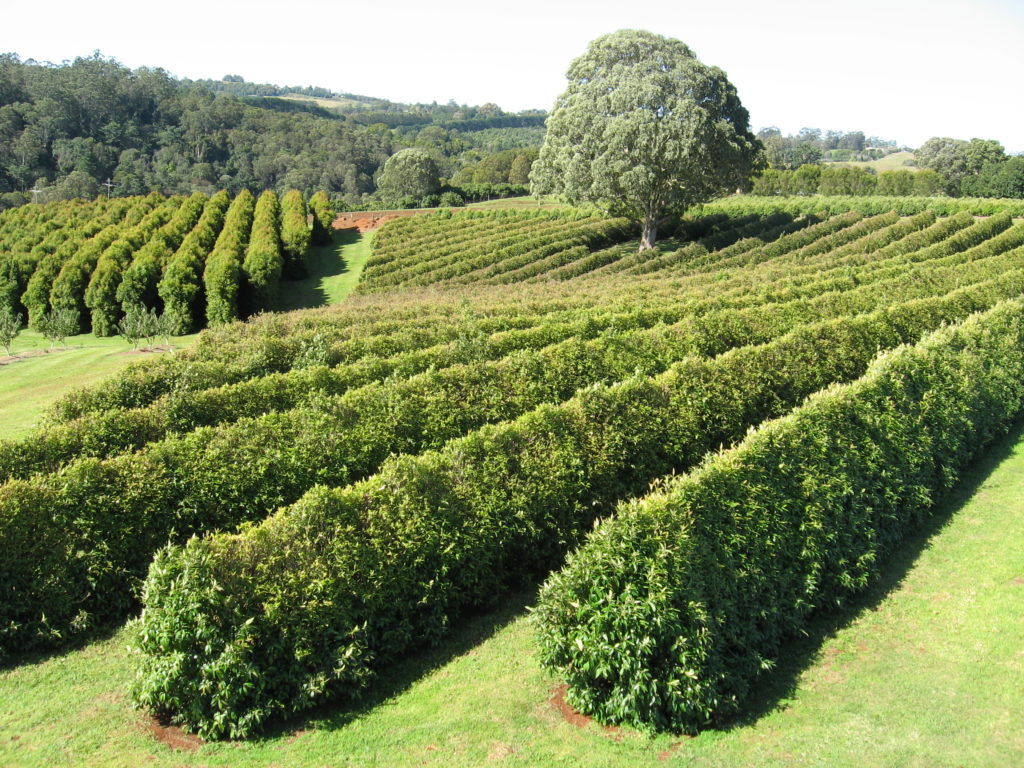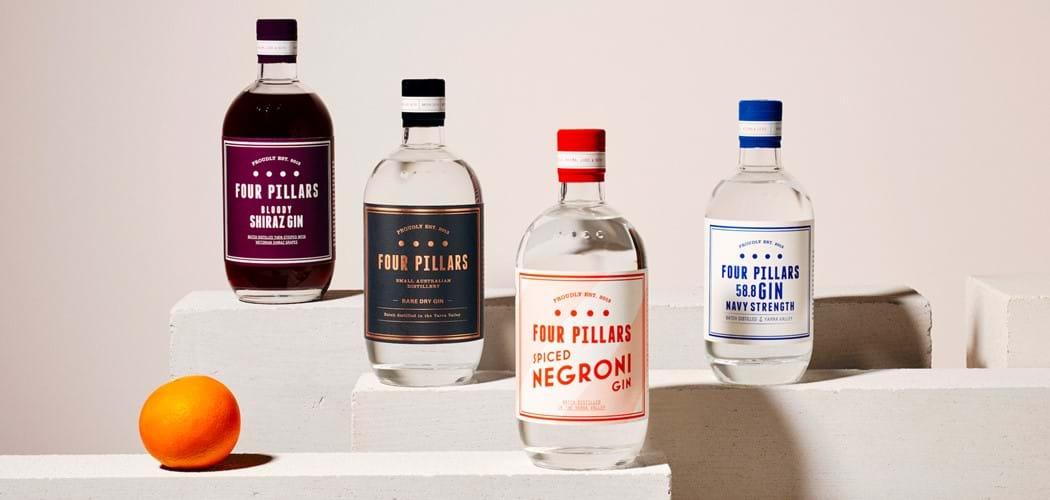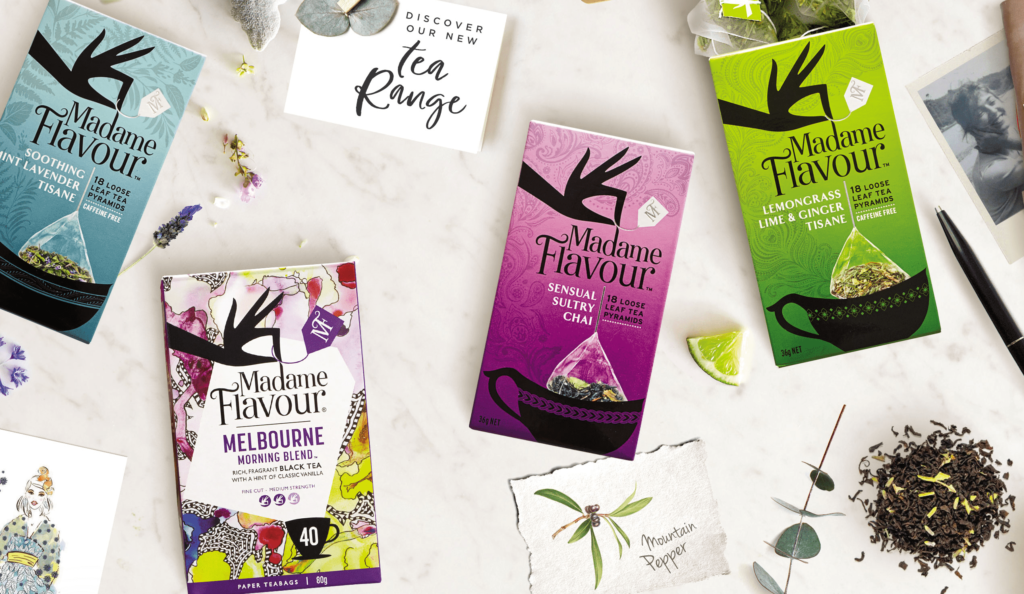
Inside the Harvest with Australian Native Products Founder, Gary Mazzorana
The founder of Australian Native Products, Gary Mazzorana has spent the last 25 years pioneering the lemon myrtle industry globally. We go behind-the-scenes with him to find out what a lemon myrtle farm looks like and how he maintains the highest quality product for our customers.
Hi Gary, Australian native ingredients are growing in popularity, but you’ve been ahead of the trend for a long time. How many trees do you have planted now on the farm in Lismore, and on all ANP farms?
We have over 16,500 lemon myrtle and approximately 2000 aniseed myrtle trees on our Lismore farm, with a further 50,000 lemon myrtle trees to be planted over the next few months. Another farm nearby adds a further 6,100 lemon myrtle trees.
We also have two properties in Mareeba, Queensland where we’ve planned to plant 180,000 lemon myrtle trees and 20,000 anise myrtle trees, we’ve just passed the halfway point and expect to be completed by the end of the year.

How long does it take for a tree to grow before harvest?
It takes approximately three years before a tree can be harvested for commercial use. The side growth of the tree is more desirable as leaves are harder and denser and the oil content is much better, which is ideal for distillation.
How does the harvesting process work?
We have developed specialised harvesting equipment that we designed ourselves. A mechanical harvester with a reciprocating cutting blade prunes the leaves. A sweeper helps the cutting process and also directs the leaves onto a conveyor, which in turn carries them into the field bin. This process allows us to cut clean, neat, and do a considerable amount of work in a small space of time.
When does harvesting take place and is there a ‘peak season’?
There is an ideal time to harvest lemon myrtle, however we harvest all year round to keep up with demand. The best time to harvest is from August until the end of summer, when temperatures are higher. When it’s hot and dry, the leaf moisture content goes down and oil yields are at their peak. Interestingly this is also when the main compound found in lemon myrtle leaves, called citral, is at its highest.

That’s interesting! So some leaves are distilled into oil and some are dried. How do you dry the leaves and still maintain the smell and flavour?
The drying process has evolved over the 25 years but I think we’re now in a very good position to produce the highest quality dried leaf on the market. Originally we stacked the leaves on racks in an evaporative type cool room, where it took 5-7 days for the leaves to dry. Then in 2007, we moved to a fluidised airbed drying system which reduced the amount of time to 24 hours. Since then, we’ve switched again to a rotary style dryer, which we designed ourselves. It takes 3-4 hours for leaves to dry, and lower temperatures mean we can process higher quality lemon myrtle than we did in the past.
We’re now in the process of upgrading to a continuous conveyor drying system for our Queensland farms. This will allow us to dry leaves at very low temperatures in under 3 hours. Not only will it lead to great efficiencies but drying at lower temperatures will allow us to provide an even higher quality product.
And what’s involved in the distilling process?
We use a stainless steel distillation system which is very efficient and allows us to process high quality, 100% lemon myrtle oil. The oil is extremely versatile. You can use it for aromatherapy, cleaning products, cosmetics and it’s also food grade, so it can be used to make products such as lemon myrtle yoghurt, which is one of my favourites.
If you would like more information on ANP’s lemon myrtle products, please get in touch with us on 02 6688 6164.


